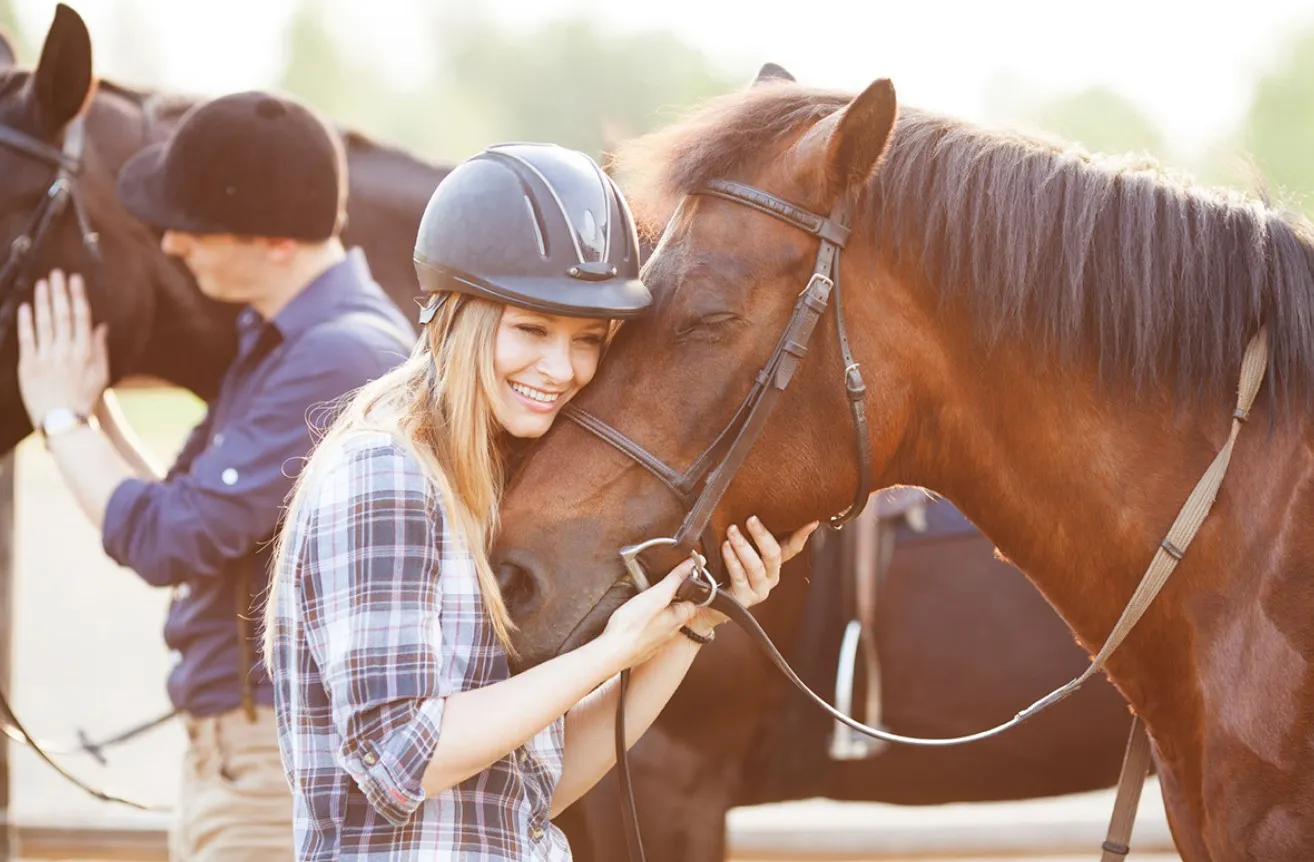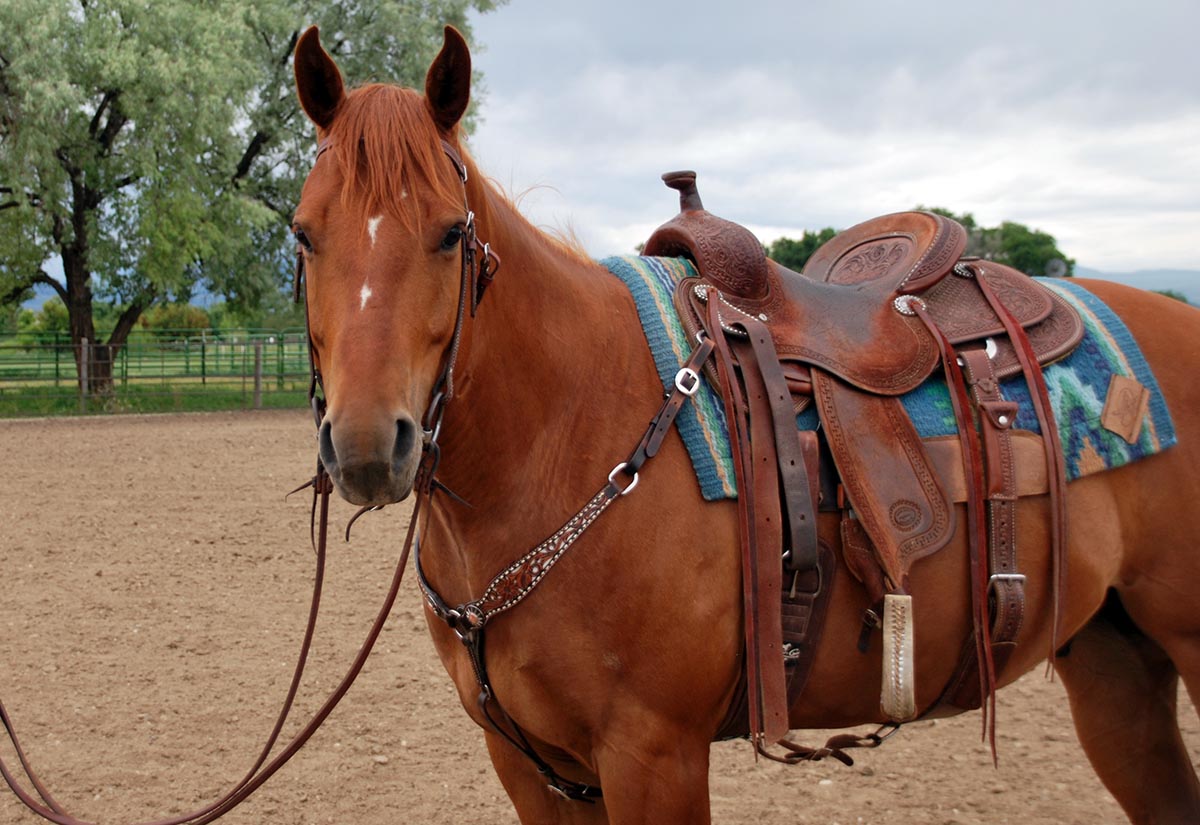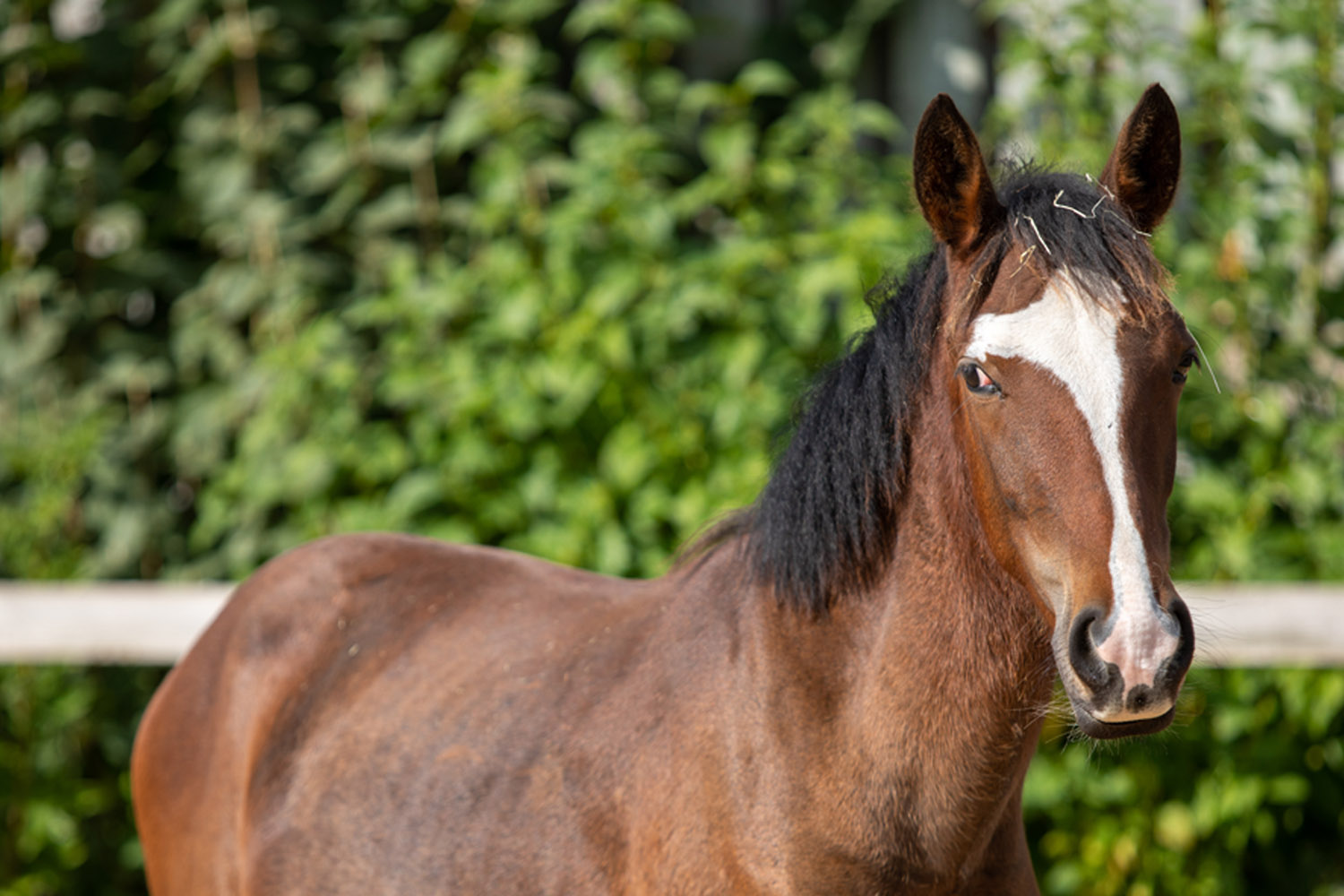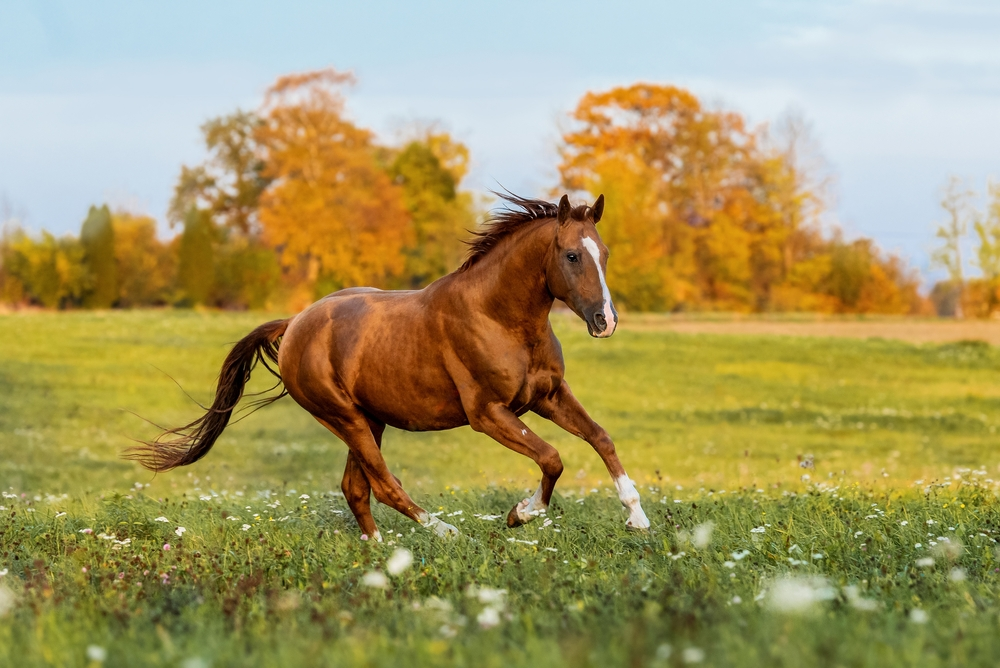Raising a foal is an exciting and rewarding journey, requiring careful planning and a deep understanding of equine care. A foal’s first year is critical for its physical, mental, and emotional development, laying the foundation for a healthy and well-adjusted horse. This guide provides detailed insights into nurturing a foal, covering everything from nutrition to socialization.
The importance of proper care for foals
Foals grow rapidly in their first year, developing strong bones, muscles, and a robust immune system. Proper care ensures their growth is balanced, preventing developmental disorders and fostering a positive temperament. Early interventions and guidance can help foals thrive in their adult roles, whether for riding, breeding, or companionship.
Preparing for the foal’s arrival

1. Creating a safe and clean environment
A foaling stall should be spacious, well-ventilated, and free of hazards. Use clean bedding like straw or shavings to ensure comfort. Regular cleaning is essential to prevent infections.
2. Stocking up on essentials
Prepare foaling kits with items like clean towels, iodine for umbilical care, a thermometer, and emergency contact numbers for your veterinarian.
3. Monitoring the mare
Ensure the mare has proper nutrition and is up to date on vaccinations. Monitor her closely in the final weeks of pregnancy for signs of labor.
Nutrition: Building a strong foundation
1. Colostrum: The first essential meal
Colostrum, the mare’s first milk, is crucial for the foal as it contains antibodies to protect against diseases. Ensure the foal nurses within the first few hours of birth.
2. Transition to milk
Foals rely on the mare’s milk for the first two months. Monitor their nursing habits to ensure they are feeding adequately and gaining weight.
3. Introducing solid feed
By 2-3 months, introduce creep feeding with high-quality foal pellets or grains to supplement milk. These feeds should be nutrient-dense and easy to digest.
4. Water access
Provide clean, fresh water at all times. Foals start drinking water within the first few weeks.
Health care essentials
1. Veterinary check-ups
Schedule a neonatal exam within 24 hours of birth. Regular check-ups ensure the foal is growing properly and vaccinations are administered on time.
2. Deworming
Foals are susceptible to parasites. Begin deworming at 2 months and follow a vet-recommended schedule.
3. Hoof care
Encourage proper hoof growth by scheduling trims with a farrier every 4-6 weeks. Regular hoof care prevents issues like uneven growth or lameness.
4. Umbilical cord care
Dip the umbilical stump in iodine solution to prevent infections. Monitor it for signs of swelling or discharge.
Supporting growth and development
1. Ensuring proper exercise
Foals need ample space to play and develop muscles. Allow supervised turnout in safe pastures to encourage natural movement.
2. Monitoring growth
Rapid growth can lead to developmental orthopedic disorders (DOD). Consult a vet if the foal shows uneven limb growth or joint swelling.
3. Socialization
Expose the foal to other horses to learn social behaviors. Interaction with humans should be gentle and consistent to build trust and reduce fear.
Training the young foal
1. Halter training
Introduce the halter early, using positive reinforcement. Allow the foal to get accustomed to wearing it before progressing to leading exercises.
2. Desensitization
Expose the foal to new stimuli like grooming tools, noises, and different environments. Early desensitization helps create a calm and adaptable horse.
3. Handling hooves
Accustom the foal to having its legs and hooves handled. This prepares them for farrier visits and prevents resistance later.
Common challenges and how to overcome them
1. Foal rejection
In rare cases, a mare may reject her foal. If this happens, seek veterinary advice immediately and consider using a foster mare or bottle-feeding.
2. Illnesses
Foals are prone to conditions like diarrhea (scours) and joint ill. Early detection and prompt treatment are crucial.
3. Behavioral issues
Foals may display nipping or kicking as they explore boundaries. Correct unwanted behavior gently but firmly to set expectations.
Building a strong bond with your foal
1. Spend quality time
Daily interaction helps the foal become familiar with your presence. Grooming and gentle touch foster trust.
2. Maintain consistency
Consistent routines and commands create a sense of security and predictability for the foal.
3. Use positive reinforcement
Reward good behavior with gentle praise or treats. This encourages a willing and cooperative attitude.
Preparing for weaning
Weaning is a significant milestone for a foal, typically occurring at 4-6 months of age. Gradual weaning minimizes stress and promotes independence.
1. Reducing dependency
Begin by separating the mare and foal for short periods. Gradually increase the time apart until the foal is comfortable without the mare.
2. Supporting nutrition
Ensure the foal is accustomed to solid feed and water before weaning. High-quality forage and supplements can support the transition.
3. Providing companionship
Pair the foal with another young horse or a calm companion to reduce loneliness during weaning.
Key milestones in the first year
- Birth to 2 weeks: Nursing and bonding with the mare, ensuring colostrum intake.
- 2-3 months: Introduction to solid feed and initial deworming.
- 4-6 months: Weaning and early halter training.
- 6-12 months: Growth monitoring, regular exercise, and basic training.
Final thoughts
Raising a foal requires dedication, patience, and knowledge. By providing proper nutrition, health care, and training, you can ensure your foal grows into a healthy, well-adjusted horse. The early years are an investment in the foal’s future, shaping its potential as a loyal companion or a competitive performer.






